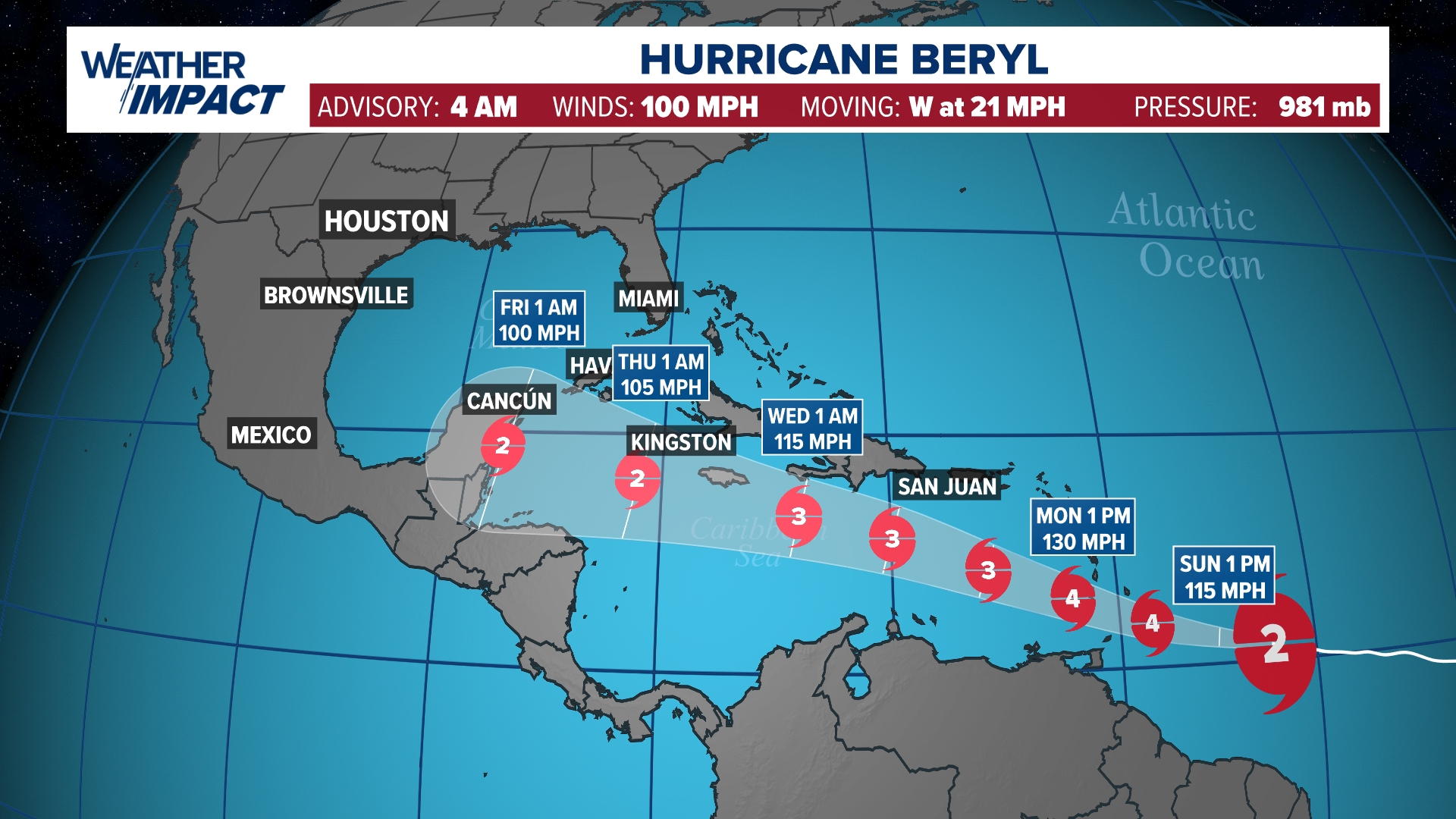Spaghetti Models

Spaghetti models for beryl – Spaghetti models are a type of ensemble forecast model used to predict the track and intensity of tropical cyclones. They consist of multiple model runs, each with slightly different initial conditions. The resulting ensemble of forecasts provides a range of possible outcomes, represented by a bundle of lines on a map, resembling a plate of spaghetti.
Spaghetti models for beryl offer insights into the potential paths of the storm. While the exact track of beryl is uncertain, puerto rico remains a potential target. As the storm approaches, residents of the island are urged to monitor its progress and prepare for potential impacts.
Spaghetti models for beryl continue to provide valuable information as meteorologists track the storm’s movement.
Spaghetti models are used to assess the uncertainty in tropical cyclone forecasts. The spread of the lines indicates the degree of uncertainty in the forecast track and intensity. A wide spread suggests a higher degree of uncertainty, while a narrow spread indicates a more confident forecast.
De spaghetti models fuh Beryl a show she a guh pass near Barbados. Check out dis website fuh more info ’bout de hurricane. But even though de models a show dat, we cyah tek chance. We still need to prepare fuh de worst and hope fuh de best.
So mek sure yuh get yuh hurricane plan in place and stay safe.
Advantages and Limitations, Spaghetti models for beryl
Spaghetti models offer several advantages over single-run models. They provide a probabilistic forecast, allowing forecasters to estimate the likelihood of different outcomes. Additionally, spaghetti models can help identify potential forecast errors by highlighting areas of high uncertainty.
However, spaghetti models also have limitations. They can be computationally expensive to run, and the large number of forecasts can make it difficult to interpret the results. Additionally, spaghetti models are not always accurate, and the spread of the lines can sometimes be misleading.
Beryl

In this case study, we will analyze the spaghetti models for Hurricane Beryl (2018) and compare the predicted tracks to the actual storm path. We will also identify the factors that contributed to the accuracy or inaccuracy of the spaghetti models and discuss the implications of the spaghetti model analysis for future hurricane forecasting.
Spaghetti Models for Beryl
The spaghetti models for Hurricane Beryl were produced by the National Hurricane Center (NHC). The models showed a wide range of possible tracks for the storm, with some models predicting that Beryl would make landfall in Florida and others predicting that it would remain offshore.
Accuracy of the Spaghetti Models
The spaghetti models for Beryl were generally accurate in predicting the storm’s track. The models correctly predicted that Beryl would turn to the north and remain offshore. However, the models did not accurately predict the intensity of the storm. The models predicted that Beryl would reach hurricane strength, but the storm remained a tropical storm throughout its lifetime.
Factors Contributing to the Accuracy or Inaccuracy of the Spaghetti Models
There are a number of factors that can contribute to the accuracy or inaccuracy of spaghetti models. These factors include:
- The quality of the data used to create the models
- The accuracy of the computer models used to create the models
- The skill of the forecasters who interpret the models
Implications of the Spaghetti Model Analysis for Future Hurricane Forecasting
The spaghetti model analysis for Hurricane Beryl has a number of implications for future hurricane forecasting. These implications include:
- The need for more accurate data and computer models
- The need for better training for forecasters
- The need for more research on the factors that contribute to the accuracy or inaccuracy of spaghetti models
Advanced Techniques for Spaghetti Model Analysis: Spaghetti Models For Beryl

Advanced statistical and machine learning techniques are increasingly being used to analyze spaghetti models and improve their accuracy and reliability.
One common technique is cluster analysis, which can be used to identify groups of spaghetti models that have similar characteristics. This information can then be used to develop more targeted and accurate forecasts.
Another technique is ensemble modeling, which involves combining the predictions of multiple spaghetti models to create a more robust forecast. This can help to reduce the impact of outliers and improve the overall accuracy of the forecast.
Artificial Intelligence and Data Science
Artificial intelligence (AI) and data science are also playing an increasingly important role in spaghetti model analysis. AI techniques can be used to automate many of the tasks involved in spaghetti model analysis, such as data cleaning and preprocessing.
Data science techniques can be used to identify patterns and trends in spaghetti model data. This information can then be used to develop more accurate and reliable forecasts.